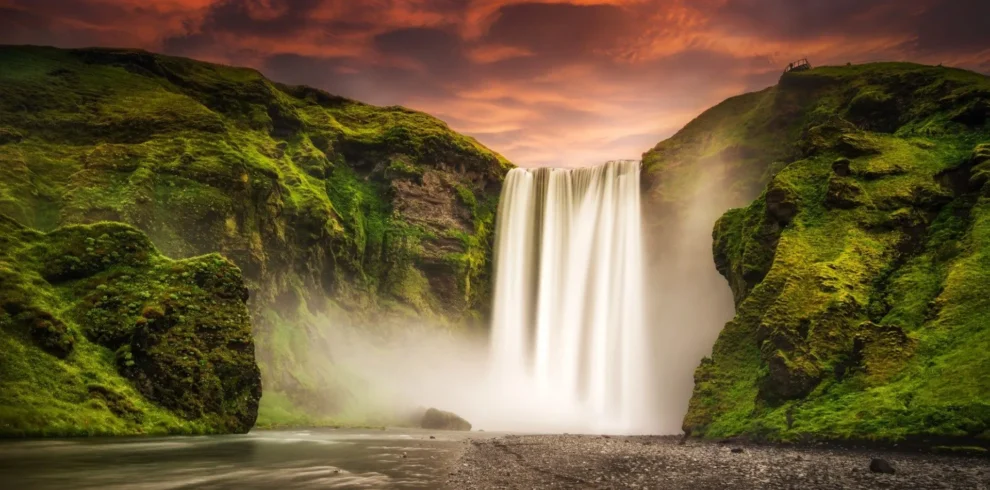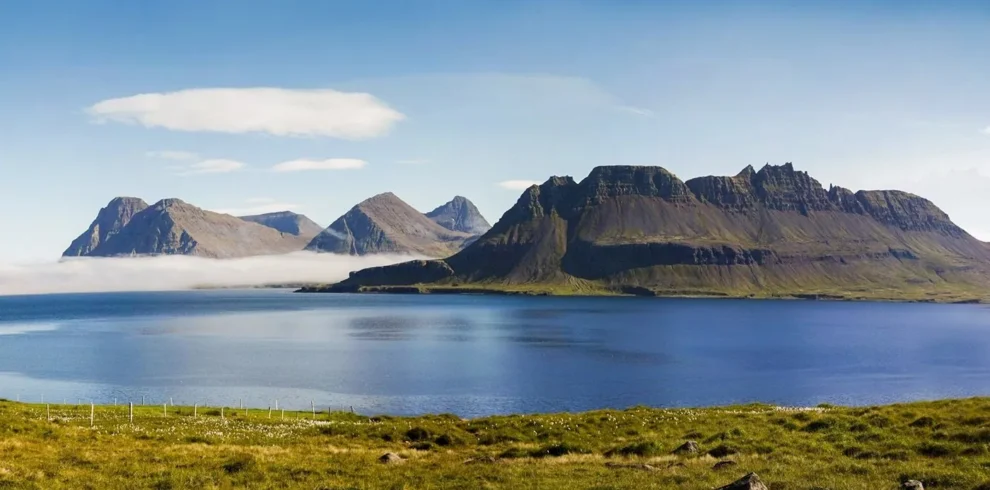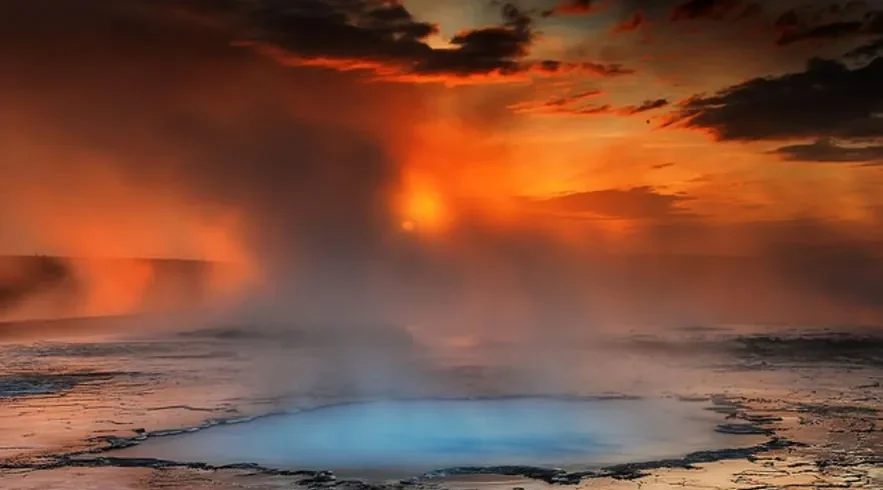Traveling to Iceland in the summer
Experience an unforgettable holiday with Trekking Trails Travels in spectacular Iceland
DISCOVER OUR SUMMER TRIPS TO ICELAND HERE
Fly & drive tour Iceland
Frequently asked questions about traveling to Iceland in the summer
The whole summer, from June to August, offers the most pleasant weather and the most daylight hours. There are many birds in Iceland in May and June. The first northern lights can be seen from the end of August
At Trekking Trails Travels we recommend bringing several layers of clothing for a trip to Iceland. Also bring warm layers and waterproof clothing, due to the changeable weather in Iceland. You can leave an umbrella at home. There can be strong winds in Iceland that an umbrella cannot withstand.
The highlights are truly countless in Iceland. Some well-known tourist hotspots include the Golden Circle, the Vatnajökull Glacier and impressive waterfalls such as Gullfoss and Seljalandsfoss. Feel free to ask our Iceland specialists for tips, they know Iceland like no other.
Depending on where you are there may be mosquitoes, and when there is a bit of wind there are no more mosquitoes. Most mosquitoes are in Iceland from late June to mid-July.
In the summer months of May, June and July there is light (almost) 24 hours a day. In August the nights start to get longer again.
Of course! The roads are generally good in Iceland, however, weather changes such as strong winds can affect driving comfort. There are roads that are only suitable for a 4WD car or 4WD camper.
Yes, for example Þjóðhátíð, the Icelandic national holiday, is celebrated in August.
The Northern Lights are only visible in late summer, from the end of August.
Do you want to go for a lot of walking? Wear sturdy shoes, keep an eye on the weather and bring water. The hiking trails in Iceland are generally not paved and there are generally no fences along precipices and waterfalls.
Yes, the tap water is of good quality and drinkable. The warm water may have a sulfurous odor. However, this air does not “stick to you”.
Please check the current regulations, but usually you can bring a maximum of 3 liters of alcohol and 200 cigarettes into Iceland duty-free.
Try hákarl (fermented shark), skyr (Icelandic yogurt) and traditional fish dishes.
Yes, Thingvellir National Park and Skaftafell National Park are some examples of beautiful National Parks in Iceland, but the nature in Iceland is exceptionally beautiful and very varied everywhere.
Opening hours vary, but many tourist attractions are open longer during the summer. And the biggest attraction during your trip to Iceland, nature, is open day and night.
Yes, credit cards are often accepted in Iceland, but some cash can be useful in remote areas. Do not order money for your trip, but withdraw some money in Iceland or change it at the airport.
Temperatures vary widely in Iceland, but are usually between 10 and 20 degrees Celsius.
There are no special health risks, but make sure you have good travel insurance.
No, polar bears do not naturally live in Iceland.
The Golden Circle – in the south of Iceland – is a beautiful route from the capital of Iceland, Reykjvik, of about 300 km and takes you past three popular highlights of Iceland: Þingvellir (where the tectonic plates drift apart and where the first parliament of Iceland was established), the roaring waterfall Gullfoss and the geothermal area Geysir.
The Diamond Circle is an impossibly beautiful 250km loop in northeastern Iceland that takes in some of the most stunning sights and sites of otherworldly landscapes.
The Diamond Circle has 5 main destinations, including the historic and picturesque Goðafoss, the surreal landscapes of the natural paradise around Lake Mývatn, the uncontrollable and roaring Dettifoss, the most powerful waterfall in Europe, the crescent-shaped natural wonder of the Ásbyrgi Gorge and Húsavík the bustling whale capital of Iceland with the deep blue sea in the distance.
Error: No feed with the ID 1 found.
Please go to the Instagram Feed settings page to create a feed.






